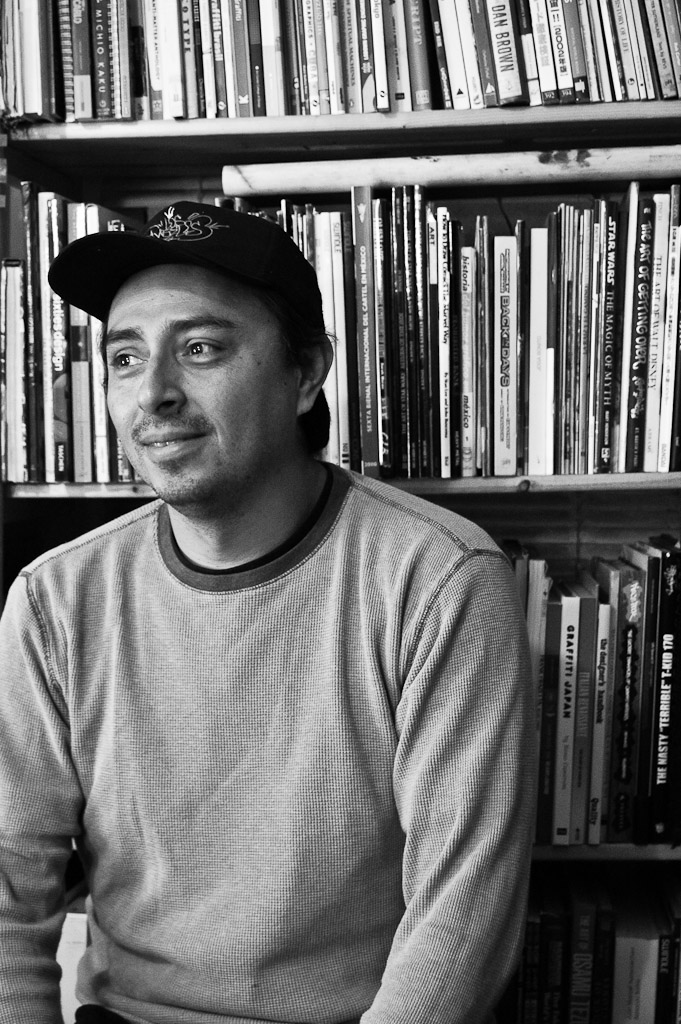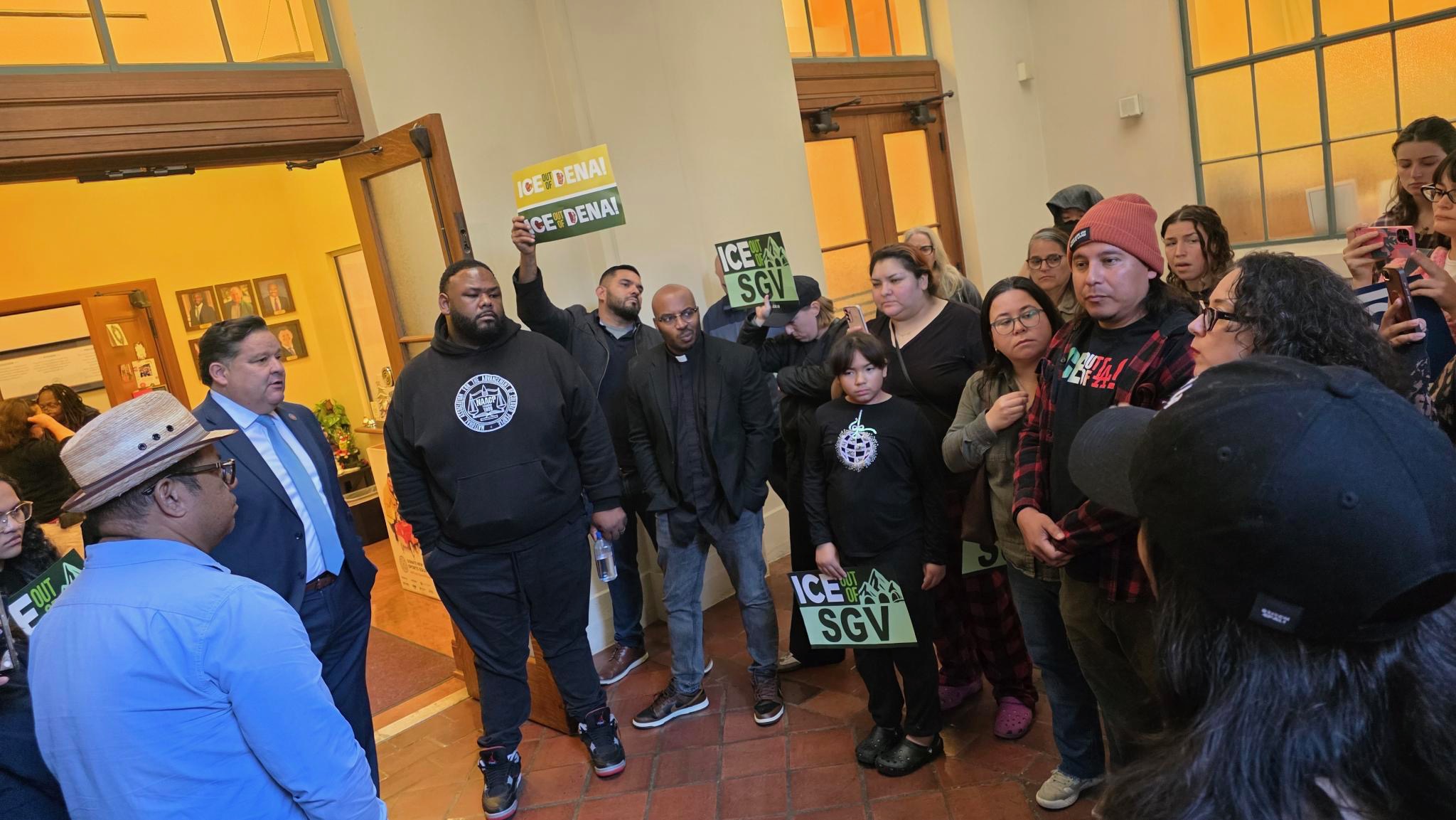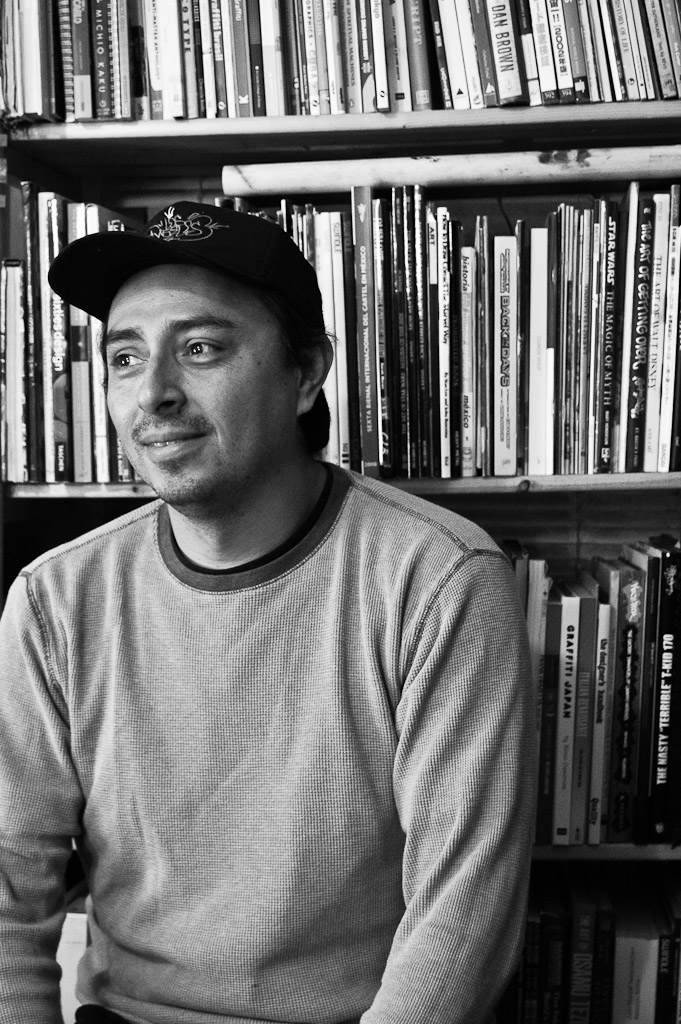
Eyeone SH is a graffiti artist, graphic designer, publisher and printmaker who shows his work in museums, galleries, 'zines and the streets of Los Angeles. He holds multiple degrees from UCLA, runs one of LA's best blogs, and collaborates with artists from all over the world. In short, he's an inspiration to many in L.A. and is constantly moving our city's art scene forward. LA TACO recently got a chance to interview EYE and visit his art studio. All photos by Erwin Recinos.
What's your favorite taco?
The ones made at home.
What's your favorite obscure part of L.A.?
Way too many to mention, but one would be under San Fernando Road at the end of the Arroyo Seco where it joins the L.A. River.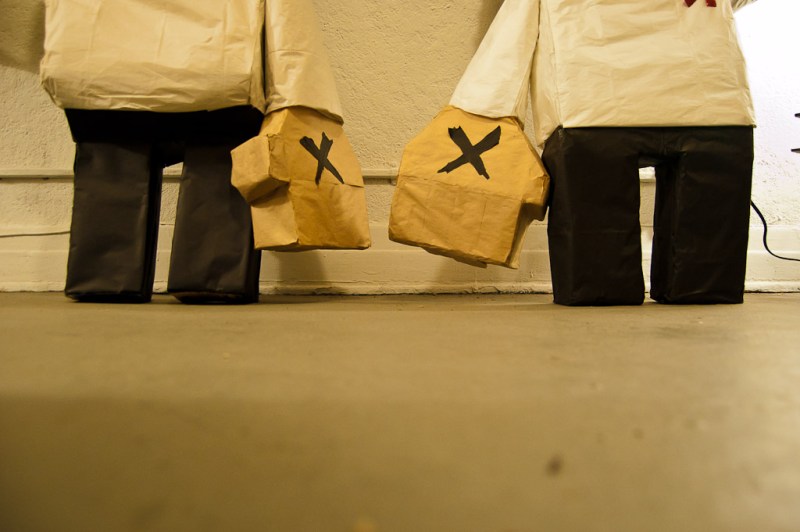
You've excelled at graffiti, printmaking, zine making, collaborations, installations, curation and fine art. First of all, what is your favorite medium and secondly, what mediums do you want to try in the future?
I wouldn't say I've excelled in any of these. If I had, I would stop. I see my work in all these fields as an ongoing process. I'm always learning and hope I can continue to progress.
As far as mediums, I'd like to use any and all I feel will help translate the ideas in my head.
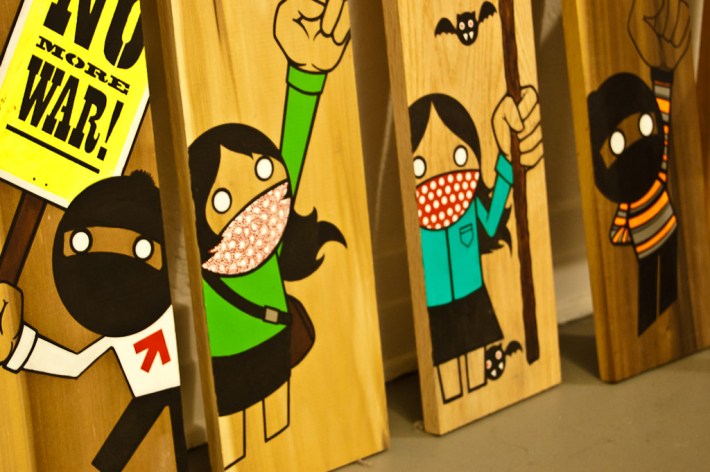
What are your primary inspirations from outside the art world?
This is a tough question because I feel everything is inspiring, and I have a hard time separating art from the world in general.
I tried making a list: galaxies, water, cycling, trees. But then I realized there is art in all of those...
You've witnessed a lot of change in the graffiti world in LA over the past 15 years. What do you think is going to happen next?
Actually, in the past 15 years I don't think graffiti has changed too much in L.A. (That would be 1998-2012 right?)
Some of the changes may be in things not directly related to the actual art, such as growing mainstream acceptance, "legal" walls proliferating, some artists gaining worldwide attention, galleries/museums tripping over themselves to get graffiti shows going... how has that affected you, if at all?
By the time I was just starting out (circa '89 through the early 90s) you had the LOD crew already being featured on the mainstream media. Risk had a big feature on Eye On L.A. on Channel 7. Nirvana's drummer could be seen repping Chaka on his bass drum on MTV. Beat Street/ Wildstyle / Breakin' were big Hollywood productions from the 80s. Style Wars had been shown on the nation's Public Broadcasting System. Subway Art and Spray Can Art were already published by well-established publishing houses.
One of the first graffiti events I attended was a massive exhibit and live painting extravaganza on a big studio lot, probably 1991 or 1992. MOCA had work from Tempt, Mandoe, Hyde, Skept circa 1994 as part of an architecture exhibit. Zero 1 Gallery was rocking graff shows early on in the 90s, and ICU was connecting writers with graffiti-related projects.
Hex TGO and his Hip Hop Shop were already internationally reknown. There was a blossoming international network of people trading flicks and zines. I can go on with lots of examples. So, at least as I see it, graffiti was well-established in the mainstream landscape, both locally and globally, by the time I got into it in 1989.
I'd say three obvious changes are the Internet being hyper-aware and oversaturated with graffiti, the relative ease of importing European brands of spray-paint, and the City of L.A. trying to figure out an approach to legal murals. (Scratch the third, the City has been trying to figure that one out for decades at least...)
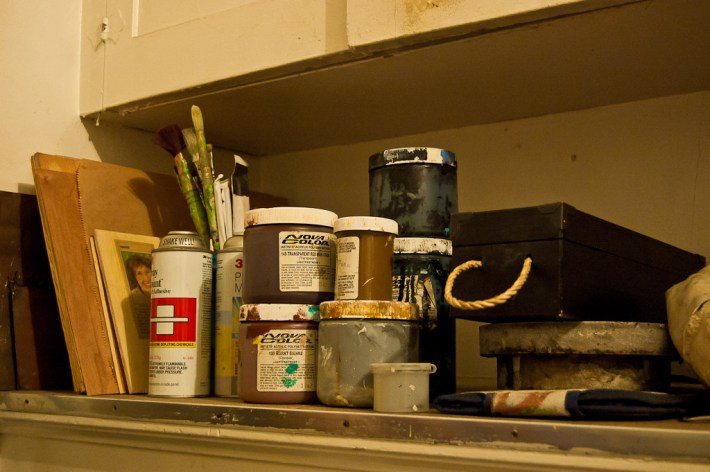
Do you have a lucky number?
I don't. I really like numbers so singling one out as lucky for me would be tough.
What was it like working with Hacer?
It was awesome! Hacer's sculptures are amazing, and being asked to collaborate on one of his projects was a big honor.
What do you have planned for 2012?
Working, two solo exhibitions, and biking more.
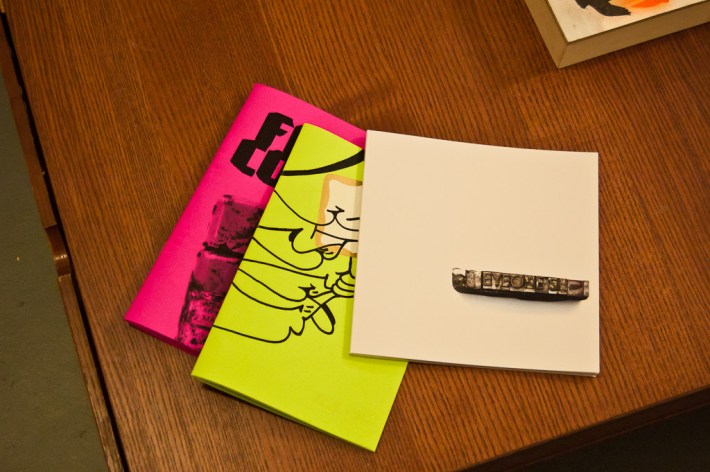
When you see a new piece of graffiti on the streets, what are you looking for? What gets you excited about other people's art?
I'm most impressed by tags and throw-ups on the streets. I rarely stop to flick productions, and all the wheatpasting/stenciling stuff just becomes a blur in my eyes.
Tell me about Free Copy... where can people get it, and how is it similar or different to Lost and other zines you've done in the past?
Free Copy is a zine that came about through conversations I have with Tempt about DIY grassroots media and my admiration of the way the hardcore and straightedge cultures documented their scenes.
The black and white aesthetic of photocopies is one of my main artistic tools, and Free Copy is produced in that way. Lost started that way, and I felt that as it evolved, it would be fun to put out a companion zine that was still photocopied, stapled, and folded down the middle.
Free Copy is a bit hard to find unless you bump into me and I happen to be carrying a copy. I try to have them available at exhibits if I manage to score free copies (get it?), and sometimes I can be talked into mailing out a few copies.
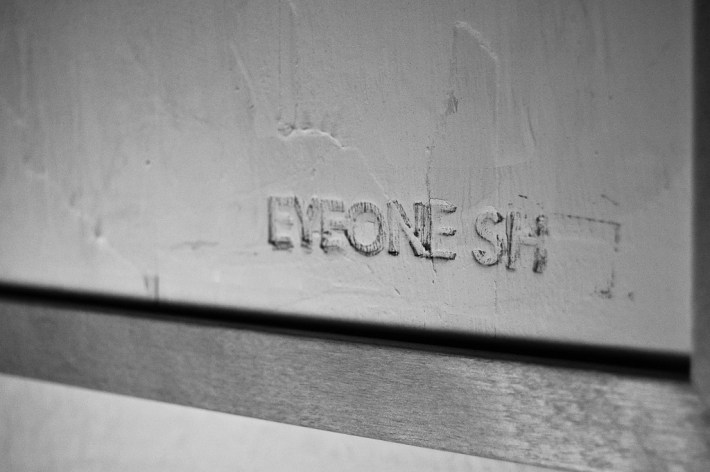
As a graphic designer I am guessing you spend a lot of time in front of the computer and probably online... true? What sites do you visit regularly?
I'm on a computer or my phone pretty much perpetually. I think I mostly frequent old robot forums, my girl's blog, my friends' websites, and never porn! I'm hooked on Words With Friends and Tumblr too...
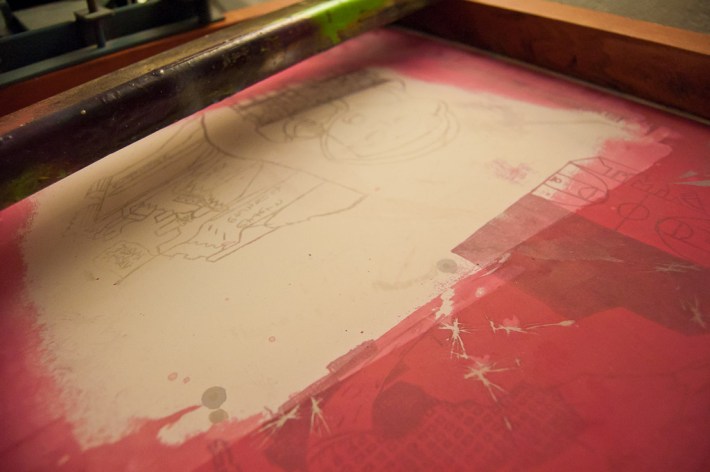
Do you do community work?
I'd say all the murals I've worked on out in the public space are part of my community work. I've also been a mentor to a few peeps, and if I can take the time off work, I'm down to speak and/or paint at schools. Most recently, I spoke to a group of students from 4 L.A.-area high schools at The Getty Center as part of their involvement in Pacific Standard Time.
What pieces of yours stand out as favorites or especially meaningful?
It's difficult to choose favorites. I have fun working on all kinds of stuff, and each piece or project is a new experience.
That said, I've really felt honored by the way my Zapatista characters have become incorporated in a myriad of ways by the Zapatistas themselves and other social movements around the world.
The piñatas LeHumanBeing makes based on these characters, the installations my Grandmother has worked with me on, and my mom's interpretation of my characters as traditional folk dolls mean a lot to me personally.
Of course, I have to shout-out Cache for motivating me to paint these characters on walls. That introduced them to L.A.
Speaking of collaborations, who would you like to work with?
Ian Macaye and Bobby Wratten.
Any pet peeves about LA?
I hate Los Angeles traffic.

Your Occupy LA mural with Cache got a ton of online and community attention, what are your overall thoughts on what was happening with the Occupy movement?
Cache had the idea to paint something relating to Occupy L.A. My initial reactions was obviously to paint in support of and in solidarity with this grassroots movement. However, I had a bunch of questions regarding the movement.
I painted with some reservations, as I felt that the Occupy Movement required some heavy analysis to fully understand it. The problems the Occupy Movement is now noticing have existed in our communities for a long time. It feel it is rather opportunistic for a sector of the middle class to confront these problems only when its relative comforts and societal entitlements are suddenly at risk.
I would highly recommend Elon James White's essay "Dear OWS: Welcome to Our World" to your readers. He really nails it.
Do you listen to music when you make art? If so, what's on your playlist right now?
I just finished Science Friday's podcast from last week on internet privacy. Next up is Camera Obscura.
I'm always listening to something, whether or not I'm working. I'm glad I haven't blown my hearing, or else I'd be changing my name to Ears One or something...
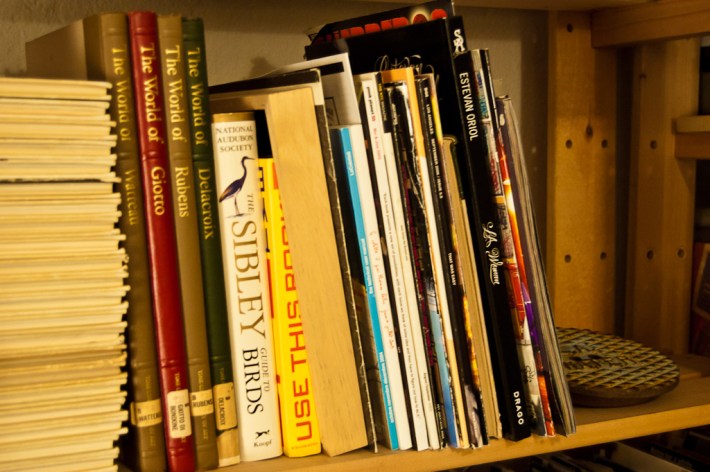
For more photos visit Erwin Recinos on Flickr.
